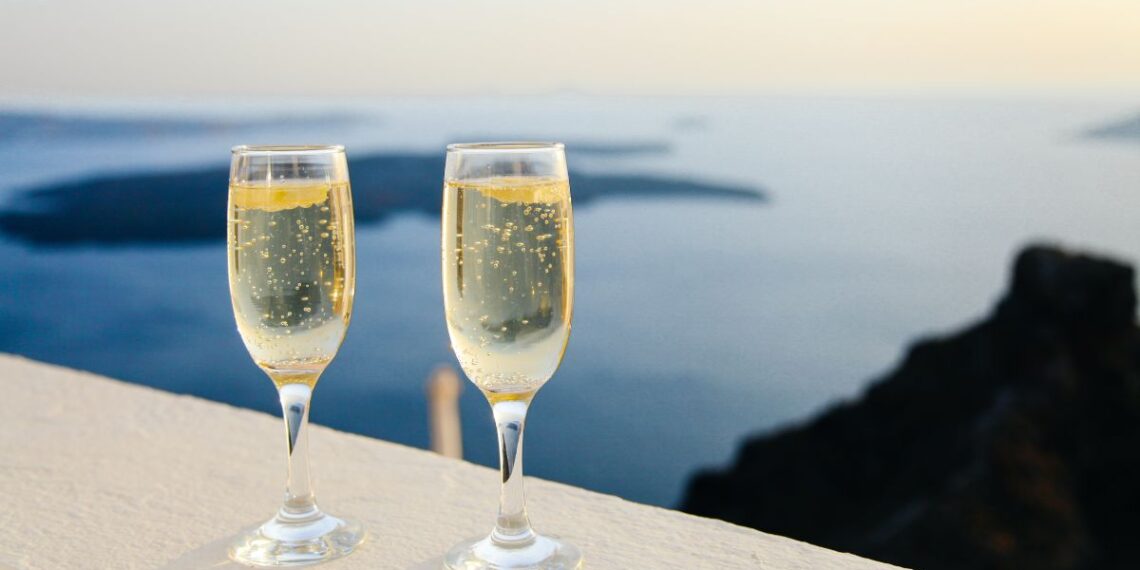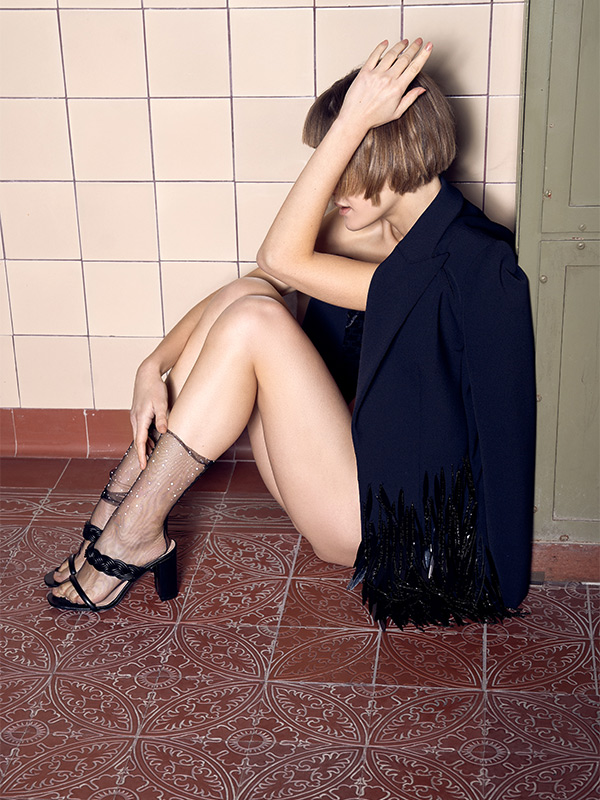In the collective imagination, French sparkling wine is associated with elegant social situations, romantic rendezvous and memorable events. Champagne has always stood for exclusive events and special toasts. However, although a good bottle can add a special touch to a festive occasion, many people are not sure which champagne is suitable for a special occasion. Whether as a gift or for tasting with friends on a special occasion, choosing the right champagne is no easy task. Between the more or less expensive bottles and the different types of wine, you should follow some advice to avoid making the wrong choice. How do you choose and enjoy the right champagne for different occasions? We invite you to find out more in the rest of this article.
Some factors to consider when choosing the right bottle of champagne
Before you buy the champagne that best suits your festive event, it is essential that you know the varieties available on the market. There are different types of champagne, all of which have their own special features. Champagne brut tradition, for example, is a type of champagne made from grapes of different varieties and vintages. These are stored in a decanting cellar for at least 15 months, which is what makes this champagne so special. The wine it contains is not particularly sophisticated, but it is fresh, light and sugar-free. Thanks to these characteristics, Champagne brut tradition is therefore a very versatile sparkling wine that is suitable for all types of menus. There is also semi-dry champagne, which is a much sweeter type of sparkling wine than the traditional brut. For this reason, it is recommended when you need to choose the ideal champagne to accompany desserts, unlike traditional Brut champagne, which is perfect with an aperitif.

Tips for the perfect tasting
Now that you have all the information you need to choose the right champagne for your toast, we’d like to tell you how to drink and serve champagne. First of all, please note that all champagne should be served at the temperature indicated on the label. If it is a toast or an aperitif, you should chill the bottle to keep the champagne in good condition. On the other hand, if the champagne is to be served at the table, a few degrees more might be ideal to bring out the fragrance and aromas. Always read the label and buy a wine thermometer.
The glass is crucial for a perfect wine tasting. In addition to the classic champagne flute, tulip-shaped glasses are also tolerated. When you pour the champagne into the glass, pay close attention to the color, which, as we have seen, varies according to the variety; then pay attention to the bubbles, remembering that the finer they are, the higher the quality of the champagne. Hold the champagne to your nose and have fun identifying the different aromas, from fruity to floral to spicy. Finally, savor it by holding it in your mouth for a few seconds.
To choose the right bottle of champagne, one step is to know what type of champagne you need, and another is to find the producer who will be able to provide you with the right quality. If you don’t know the producers, buying champagne may not be as easy as you think. Relying only on renowned houses guarantees you luxury bottles, but excludes the many small and young companies that are changing the French sparkling wine landscape. There are indeed manufacturers that are not known to the general public but have a promising future. Using such manufacturers would allow you to find the right bottle at very reasonable prices.
Champagne Blanc de Blancs are another type of champagne and are very sophisticated. They are made exclusively from white Chardonnay grapes, which gives them a light and delicate taste. When it comes to choosing a champagne for a toast at a wedding or other important event, white champagnes are highly recommended. This is the variety to which most of the world’s best champagnes belong. Another type of champagne you should definitely know is rosé champagne. This is a champagne whose wine has a delicate pink color. This is usually achieved by adding a small amount of a specially produced red wine before bottling. However, some producers also achieve the pink color by macerating white champagne in contact with the skins of red grapes. Rosé champagne is highly appreciated by connoisseurs because of its special taste, even if it is not very popular with the general public.
The champagne varieties mentioned so far represent only a fraction of the existing varieties. However, knowing them is a good way to find the right champagne for you.








